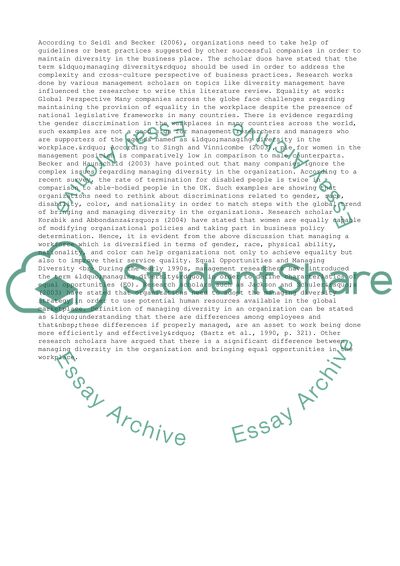Cite this document
(“Managing Diversity in Organisations Literature review”, n.d.)
Retrieved from https://studentshare.org/business/1468801-managing-diversity-in-organisations
Retrieved from https://studentshare.org/business/1468801-managing-diversity-in-organisations
(Managing Diversity in Organisations Literature Review)
https://studentshare.org/business/1468801-managing-diversity-in-organisations.
https://studentshare.org/business/1468801-managing-diversity-in-organisations.
“Managing Diversity in Organisations Literature Review”, n.d. https://studentshare.org/business/1468801-managing-diversity-in-organisations.


